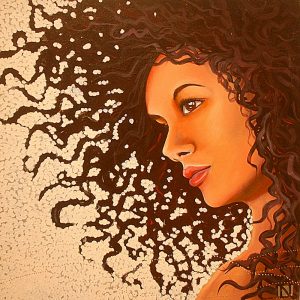Exploring the Captivating Realm of Figurative Art
 Posted On
Posted On
Figurative art, a mesmerizing tapestry of human form and emotion, stands as a testament to the boundless creativity and expression within the art world. Spanning centuries, this diverse genre encapsulates the essence of humanity, offering a vivid portrayal of life, emotions, and narratives through the use of the human figure. From classical masterpieces to contemporary interpretations, figurative art continues to captivate audiences, evoking thought, emotion, and introspection.
At its core, figurative art celebrates the human form, rendering it in various mediums and styles. From the meticulous strokes of a paintbrush to the intricate details of sculpted figures, artists breathe life into their creations, encapsulating the nuances of the human experience. These artworks serve as windows into different eras, cultures, and personal stories, inviting viewers to contemplate the essence of what it means to be human.
One of the enduring charms of figurative art lies in its ability to evoke emotions and provoke contemplation. The subtle expressions, gestures, and postures captured in these artworks speak volumes, transcending language barriers to convey universal emotions. Whether depicting moments of joy, sorrow, love, or contemplation, figurative art resonates on a deeply human level, forging connections between the artist, the artwork, and the audience.
Throughout history, figurative art has taken on various forms and styles. From the lifelike sculptures of ancient Greece to the iconic portraits of the Renaissance, each period has left its indelible mark on the evolution of figurative representation. The interplay of light and shadow, the use of colour and form, and the artist’s interpretation of the human figure have continually evolved, reflecting the cultural, social, and artistic shifts of their time.
Moreover, contemporary figurative art has embraced diversity and innovation, transcended traditional boundaries and embraced new mediums and techniques. Artists today explore the human form in ways that challenge conventional norms, incorporating technology, mixed media, and abstract elements to redefine the boundaries of figurative representation.
Figurative art not only serves as a visual spectacle but also holds a mirror to society, sparking conversations about identity, beauty standards, and societal norms. It confronts viewers with thought-provoking narratives, inviting introspection and dialogue about the complexities of the human condition.
In conclusion, figurative art stands as a testament to the enduring fascination with the human form and the myriad ways artists have sought to capture its essence. Its ability to transcend time and culture, evoke emotions, and spark contemplation underscores its significance in the art world. From classical renditions to contemporary explorations, figurative art continues to enchant and inspire, inviting us to explore the depths of our shared humanity through the captivating images of the human figure.



